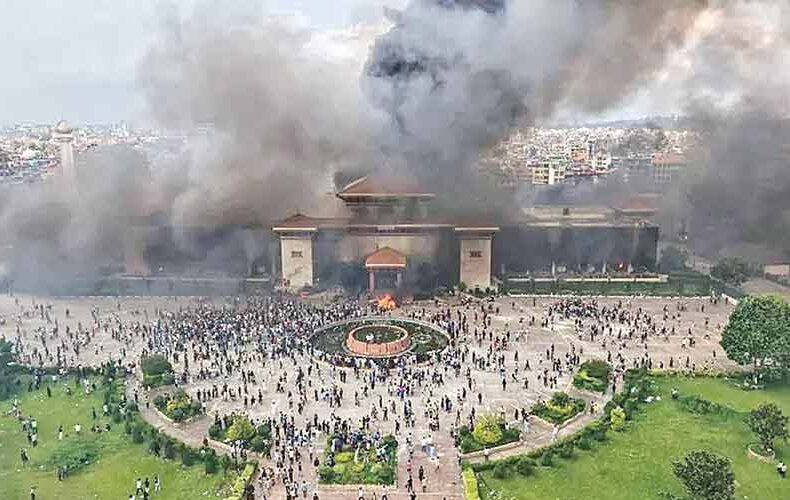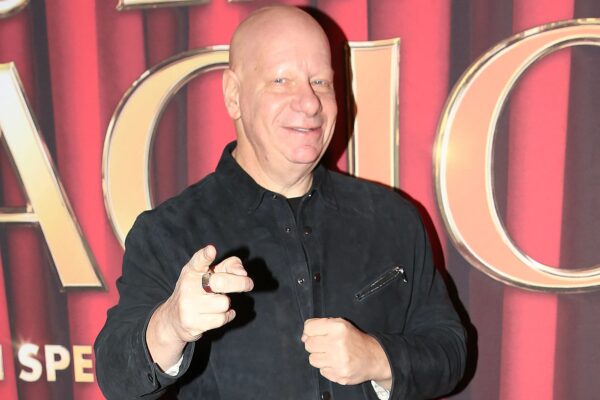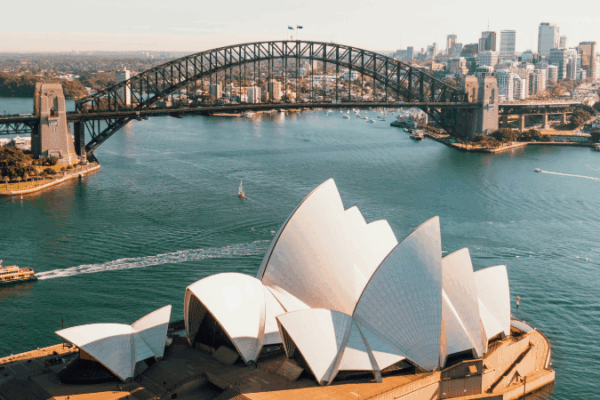
Nepal’s Gen Z
A week ago, I was drafting a research report on growing inequality in Asia and its link to increasing state repression of civic freedoms. Amid the largely desolate landscape of state crackdowns and draconian laws across the region, I sought islands of hope. One such example that came to mind quickly was Nepal.
The country adopted a rather inclusive and radical constitution in 2015. Subsequent legal reforms included granting civil society a formal role in developmental planning. The Local Government Operation Act of 2017 was a landmark law requiring local governments to ensure inclusive and participatory planning. Ward committees, social audits, public hearings, and citizen scorecards were regularly used to engage the public and civil society organizations in municipal budgeting, project selection, and oversight.
Civil society groups also participated in performance audits with the Office of the Auditor General, directly monitoring public service delivery and corruption, and publicly reporting findings. Even Freedom House, which rated Nepal as partly free, noted with satisfaction the country’s real progress in media freedom, local protest rights, and inclusive development.
However, that optimism evaporated overnight.
News broke that 19 protesters were killed after young demonstrators—self-identifying as Gen Z—took to the streets against a sweeping social media ban. WhatsApp, Facebook, and Instagram—the virtual lifelines of a generation—were suddenly blocked.
Things unraveled quickly thereafter, leading to a virtual uprising across the country. There was mass-scale arson and destruction of public institutions, including the Parliament, Supreme Court, five-star hotels, private residences of the rich and famous, and politicians’ homes across party lines. Anarchy had been unleashed.
Even as the army finally took charge of the streets, by the time order was restored, more than 70 people were dead. Senior politicians had been publicly beaten, and the government was gone.
Certain facts stand out.
It took the killing of just 19 people to topple a government—the 14th to fall since 2008, when a long-reigning monarchy collapsed. The outgoing prime minister, KP Oli, had been sworn into power three times. As governments changed, there was a perception that political parties were merely playing musical chairs.
Despite all the so-called progressive reforms mentioned earlier, Nepal was spiraling deeper into a debt crisis similar to Sri Lanka and Pakistan. The country, which once had one of the highest social protection budgets in the region (around 6 percent of GDP), was forced to cut welfare allocations to address its debt crisis. Per capita income remained among the lowest in Asia.
Nepal is one of the youngest countries in the region. More than a fifth of its youth are unemployed. The young protesters distrusted so-called independent media institutions and attacked those calling them corrupt.
Their protest was about more than the social media ban. They emphasized rampant corruption and “nepo-kids” flaunting ostentatious lifestyles. The ban symbolized not only censorship but also the denial of the last tool young people had to organize against nepotism, corruption, and elite privilege.
So, how do we interpret the bigger picture in South Asia?
Nepal is the third country in the region to witness a youth-led mass uprising. We have already seen live-streamed viral videos of palatial residences of virtual monarchs like Rajapaksa in Sri Lanka and Sheikh Hasina in Bangladesh being targeted.
In all these cases, the uprisings coincided with declining macroeconomic indicators.
Sri Lanka, for the first time, defaulted on a sovereign debt payment and implemented massive welfare cuts. The youth movement organized itself around “Aragalaya” (Struggle) against economic collapse and government corruption. The protest site at Galle Face Green, called “Gotta Go Gama,” became a symbol of democratic resistance, uniting people across ethnic and religious divides.
In Bangladesh, the uprising began over a disputed job quota. In 2023, 40 percent of youth aged 15-29 were classified as NEET (not in employment, education, or training). It was estimated that about 18 million young people were out of work.
Looking at two other major countries in the region:
Pakistan, long troubled by its debt burden, has suppressed mass political protests in recent years. Its principal opposition leader remains in jail.
India, on the one hand, has seen Prime Minister Modi’s iron hand crushing political opposition, and on the other, has sought to channel youth frustration into targeting minorities and promoting aggressive Hindutva nationalism.
Across these local contexts, common threads emerge: economic precarity, youth anger, distrust of political elites, and a pervasive sense that the system is irredeemably corrupt.
Yet the outcomes remain uncertain.
Ongoing challenges persist, as seen in Bangladesh and Sri Lanka. Under IMF pressure, the elected government in Sri Lanka has not altered its grim debt trajectory. The political situation remains unsettled in Bangladesh, where elections have yet to take place, and an ageing Nobel Laureate is holding the fort.
Nepal has followed Dhaka’s lead by appointing a retired Supreme Court judge to head its caretaker government.
The larger question is: how will these battered societies rebuild trust in their political class?
History is often rewritten in hindsight. Nepal’s abrupt transition from a model of participation to a theater of upheaval is a sobering reminder of how quickly hope can collapse.
Needless to say, I had to go back to my first draft and rewrite the entire section.
https://www.thenews.com.pk/tns/detail/1345075-nepals-gen-z
You may also like
推荐阅读
You may be interested
Guns and butter: Russia chooses both
A required part of this site couldn’t load. This may...
Saudi Arabia & Pakistan Ink Defence Agreement Stating ‘Attack On Either Will Be Considered Attack On Both’
**Saudi Arabia and Pakistan Sign Strategic Mutual Defence Agreement** *Riyadh:*...
Congress Leader Rahul Gandhi Says He’s ‘Getting Help From Inside ECI’ To Expose Alleged Vote Fraud – Video
New Delhi: Congress leader Rahul Gandhi has alleged that he...
 The New York Times
The New York Times
- How Russia and Ukraine Are Fighting to Shape Trump’s View of the War 2025 年 12 月 30 日 Constant Méheut
- Cheap Solar Is Transforming Lives and Economies Across Africa 2025 年 12 月 30 日 Somini Sengupta and Gulshan Khan
- Saudis Say Airstrike in Yemen Targeted Arms From U.A.E. 2025 年 12 月 30 日 Saeed Al-Batati and Ismaeel Naar
- Cornelius Eady to Recite Poem at Mamdani’s Inauguration 2025 年 12 月 30 日 Jeffery C. Mays
- Death at a Mississippi Jail: Brutal Beating or a Fall From Bed? 2025 年 12 月 30 日 Nate Rosenfield, Brian Howey and Jerry Mitchell
- Protests Over Iran’s Currency Crash and Inflation Spread to Universities 2025 年 12 月 30 日 Ben Hubbard, Sanam Mahoozi and Leily Nikounazar
- Carmen de Lavallade, Dancer Whose Career Spanned the Arts, Dies at 94 2025 年 12 月 30 日 Julie Bloom
- Trump Upended the Federal Government. The Full Scope of the Impact Is Still Unclear. 2025 年 12 月 30 日 Eileen Sullivan
- The Cover-Up: Inside the Plot to Conceal Assad’s Crimes 2025 年 12 月 30 日 Christina Goldbaum and Saad Alnassife
- Spanish Woman Scorned, Then Loved, for Botched Fresco Restoration Dies at 94 2025 年 12 月 30 日 Amelia Nierenberg



Leave a Reply